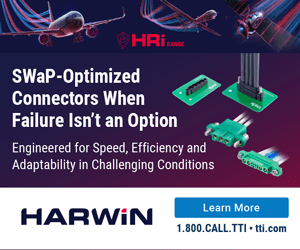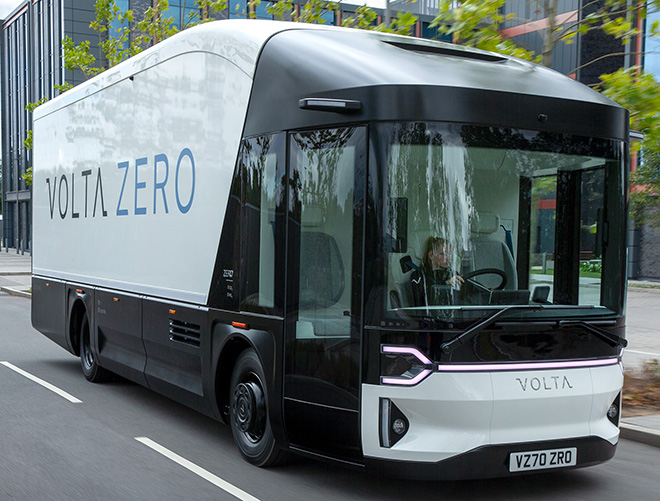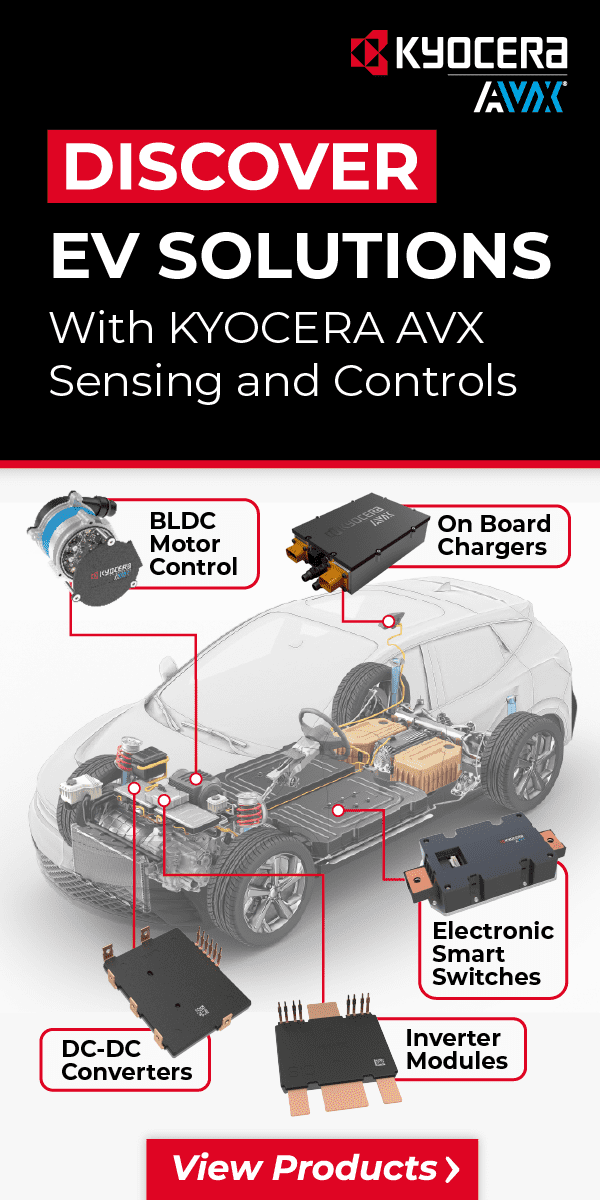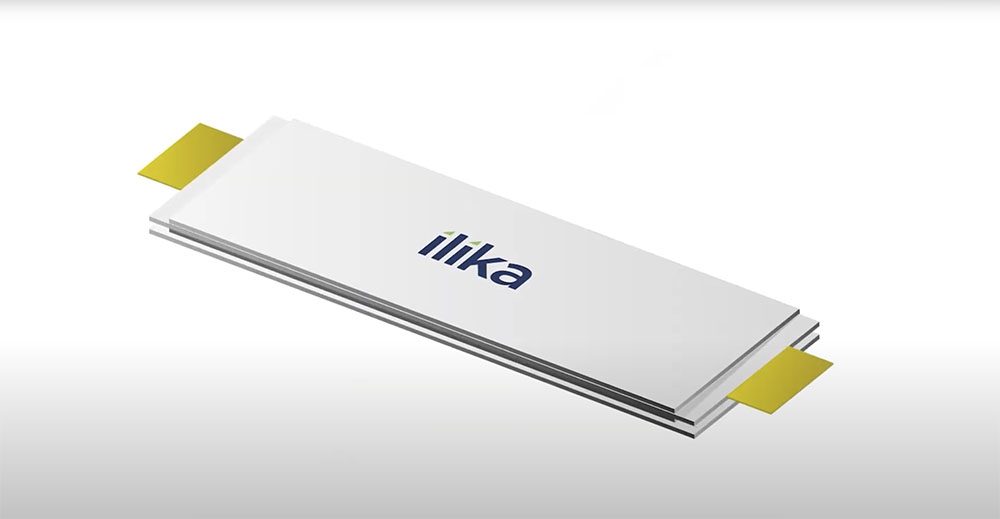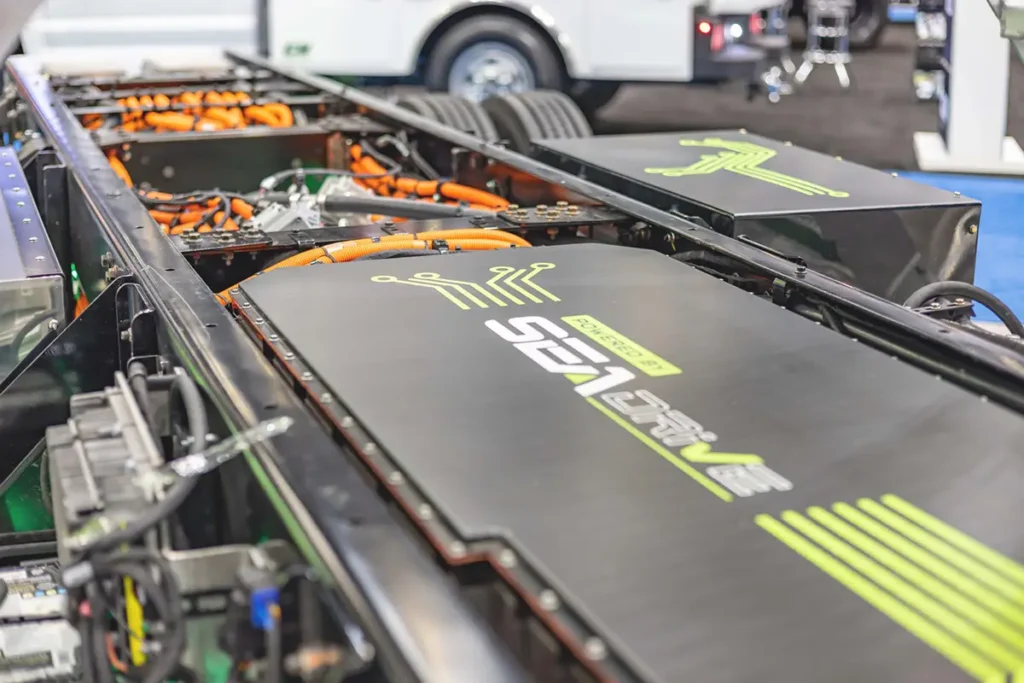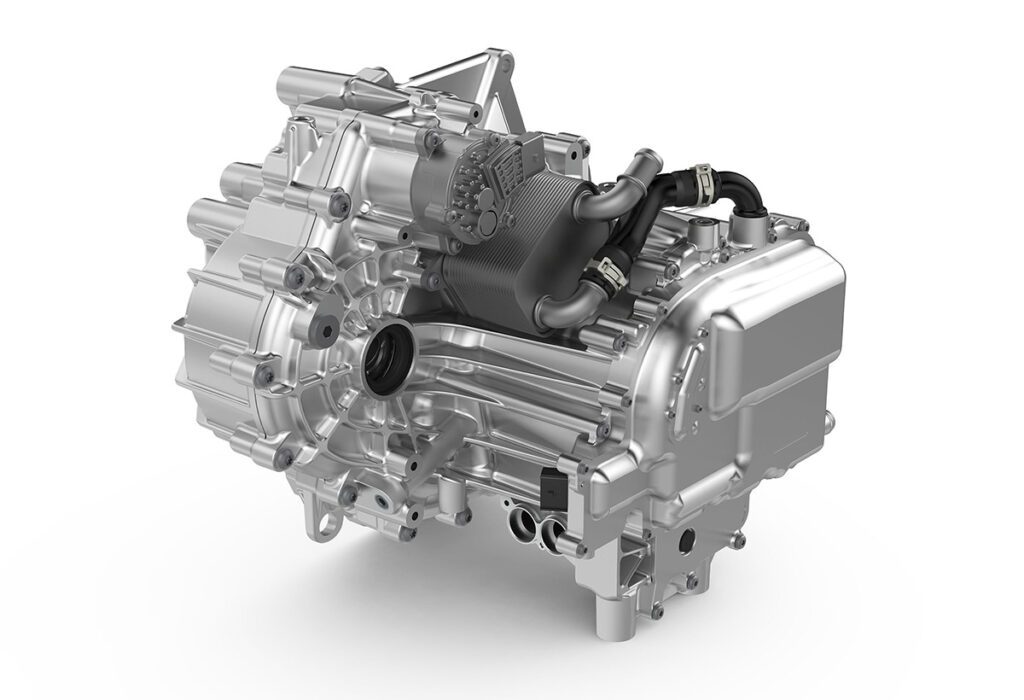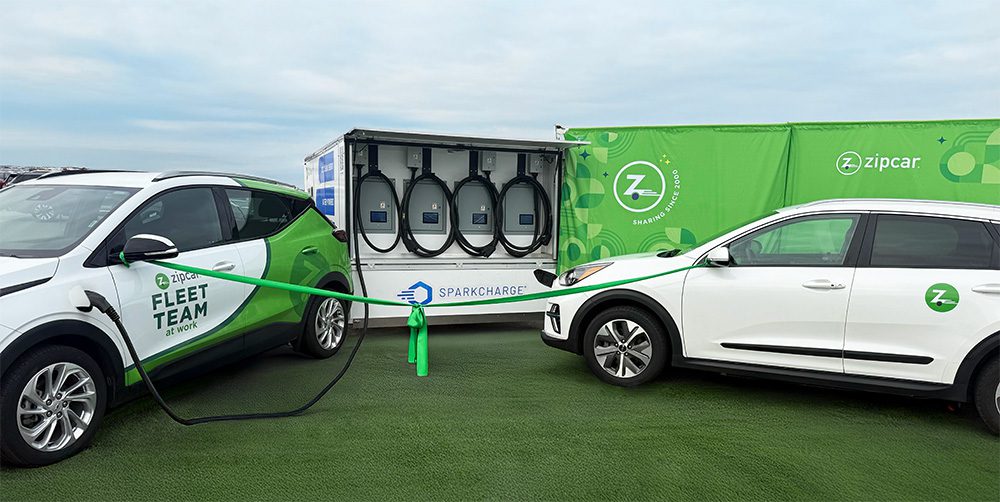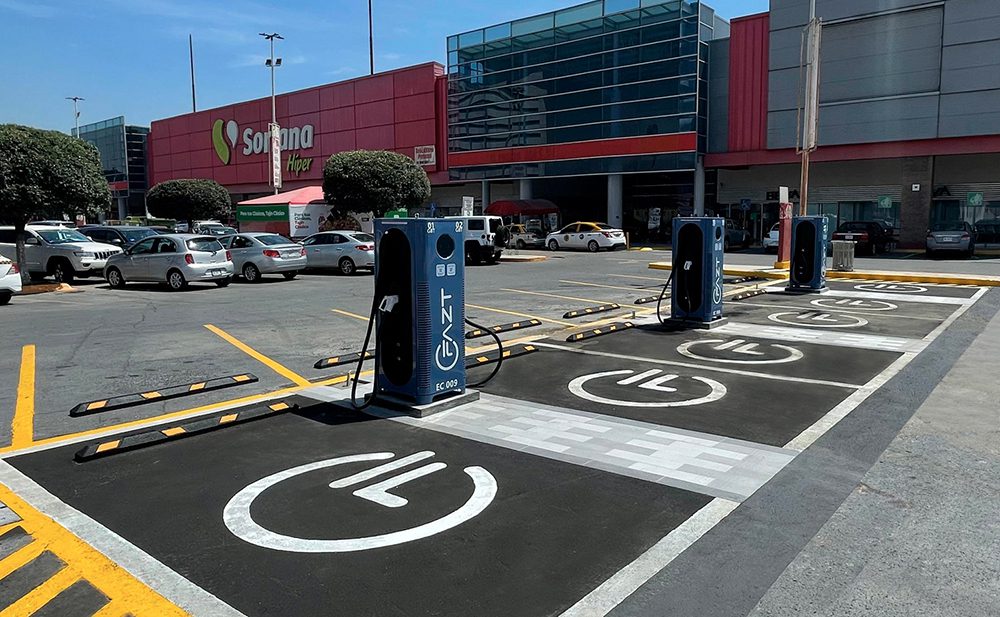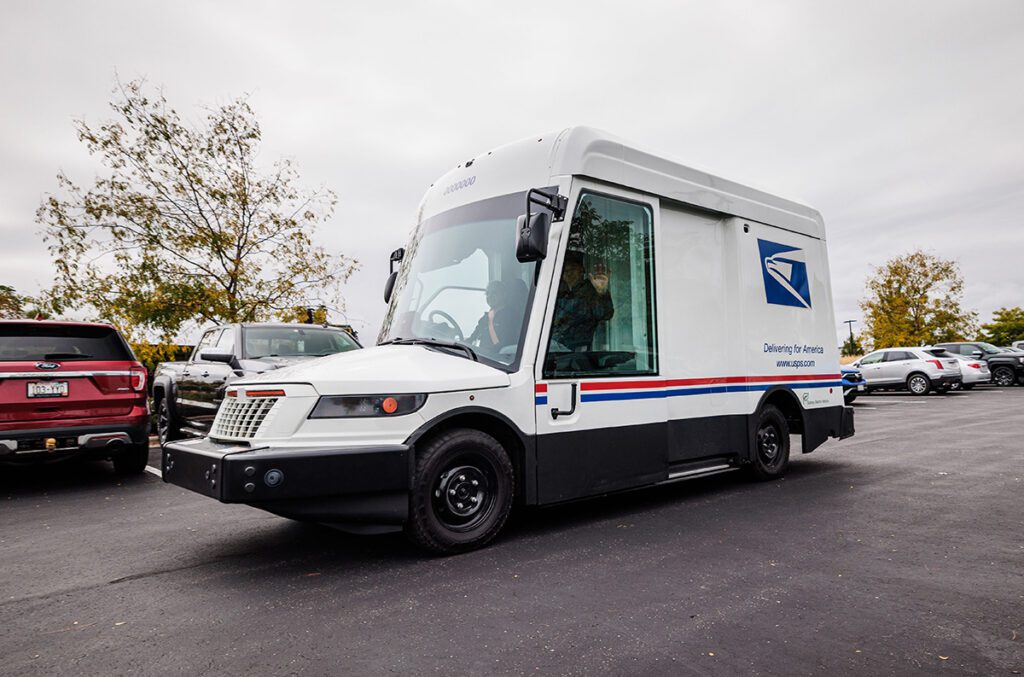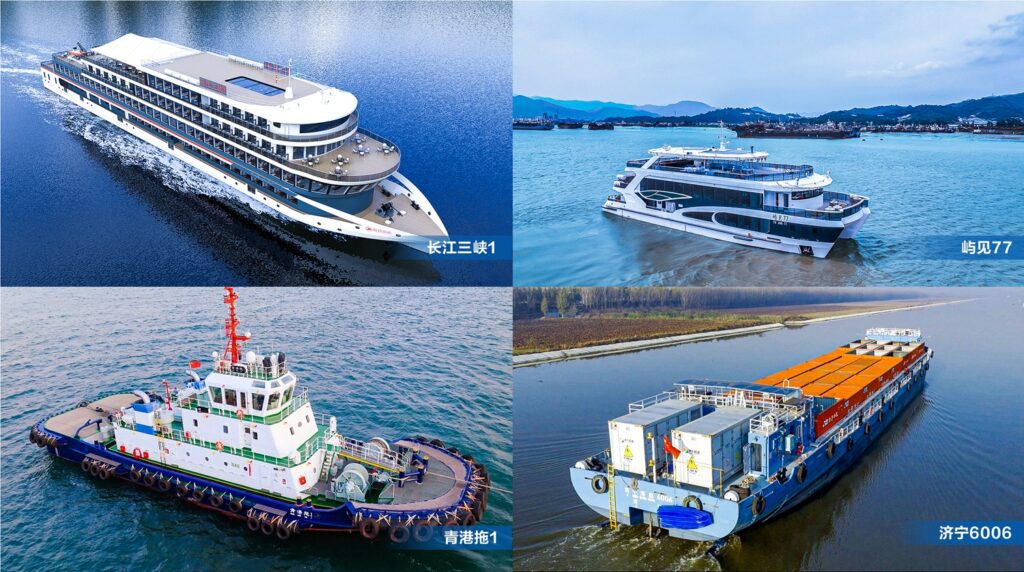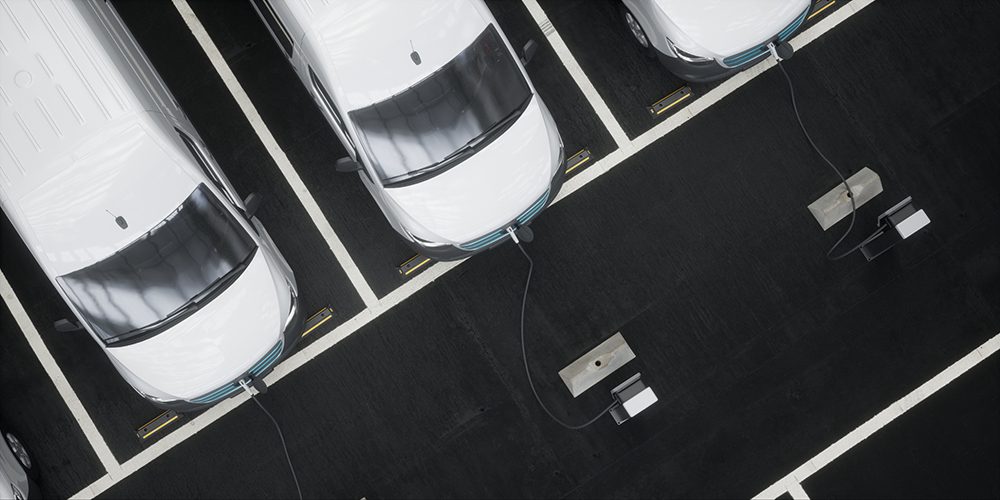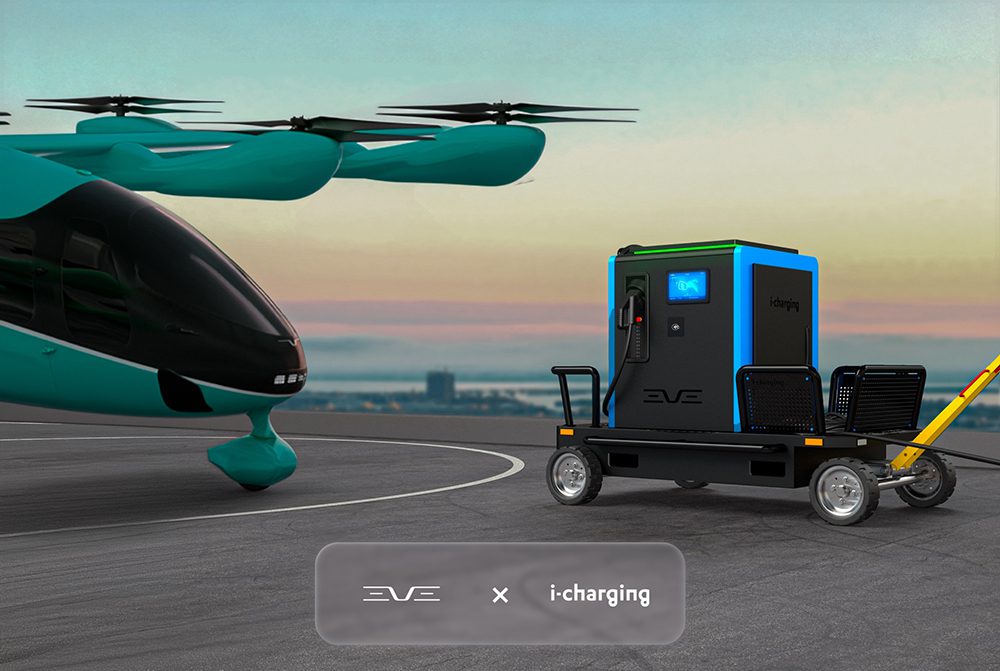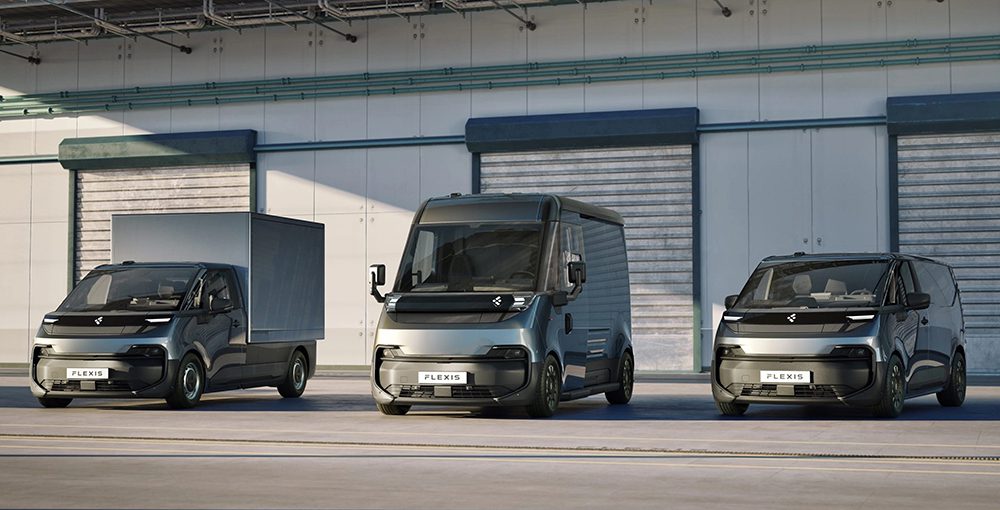Startup Volta Trucks has revealed its first vehicle, a purpose-built fully-electric 16-ton commercial vehicle designed specifically for inner-city parcel and freight distribution.
The new Volta Zero will begin trials with European parcel delivery and logistics companies in the first half of 2021. The company has secured several orders for customer-specific vehicles, which are to be delivered when production starts in 2022.
“By removing the traditional internal combustion engine that has always sat high in the front of a truck, we had a clean sheet of paper to design the commercial vehicle suitable for the 21st century, rethinking the layout and design of the truck,” said Volta Zero Lead Designer Carsten Astheimer. “We had three main priorities for the design of the cab. We wanted it to be best in class for safety, ease and efficiency of ingress and egress, and the best driver environment of any truck on the market.”

“Safety is at the heart of the Volta brand,” said Volta founder Carl-Magnus Norden. “In London, as an example, 23% of pedestrian fatalities and 58% of cyclist deaths involve an HGV, yet large trucks only account for 4% of road miles. This is clearly unacceptable and must change. The Volta Zero completely reimagines the commercial vehicle, ensuring it can operate safely with all road users and become a friend of the zero-emission city.”
“The driver of a Volta Zero has a wide 220 degrees of direct vision around the vehicle,” says Volta. “This panoramic view of the surroundings through a glasshouse-style cab is designed to deliver a Transport for London five-star Direct Vision Standard rating for optimum visibility and the reduction of blind spots. The driver sits far lower than in a conventional truck, with their eye-line at around 1.8 meters. This mirrors the height of pedestrians and other road users nearby for easy visual communication between the driver and others around.”
The Volta Zero will offer an array of driver assistance systems, including Active Steering, Road Sign Assist, Reversing Assistant, Lane Change Assist and Lane Departure Warning.
The truck’s exterior body panels will use a sustainably sourced natural flax material and biodegradable resin. The high-tech flax weave was developed by supplier Bcomp of Switzerland, in collaboration with the European Space Agency. The lightweight fiber matting is designed to be almost carbon-neutral over its lifecycle.
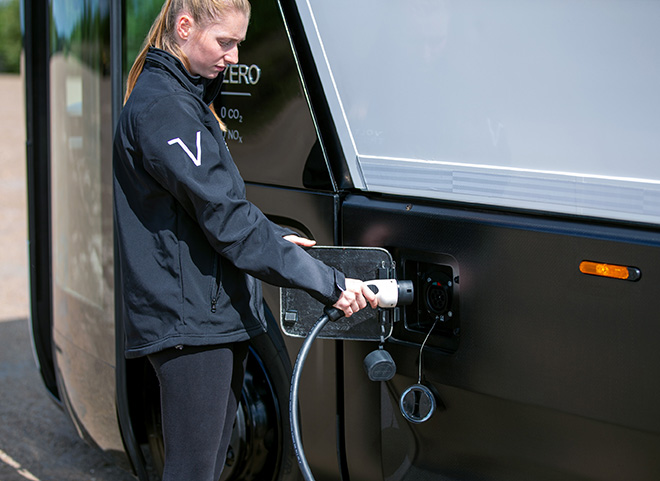
The Volta Zero will offer a range of 150-200 km (95-125 miles), sufficient for daily use as a last-mile delivery vehicle. It features an e-Axle driving the rear wheels, rather than a conventional electric motor and driveshaft. The e-truck has a payload of 8,600 kg, and is designed to accommodate 16 Euro pallets. Gross vehicle weight is 16,000 kg. A refrigerated cargo box will also be available.
Volta has chosen Lithium Iron Phosphate battery technology, which it considers well suited to a large commercial vehicle. LFP cells deliver “long cycle life, robust cell design, and good thermal stability, enhancing safety.” The battery pack, which has a capacity of 160-200 kWh, is located between the chassis rails, “as far away from an accident as possible.” A modular battery system will enable Volta to adapt the vehicle to an operator’s specific requirements.
Under Volta’s Truck as a Service offering, fleet managers can pay a single monthly fee that includes servicing, maintenance, insurance, training, and even a replacement vehicle when needed.
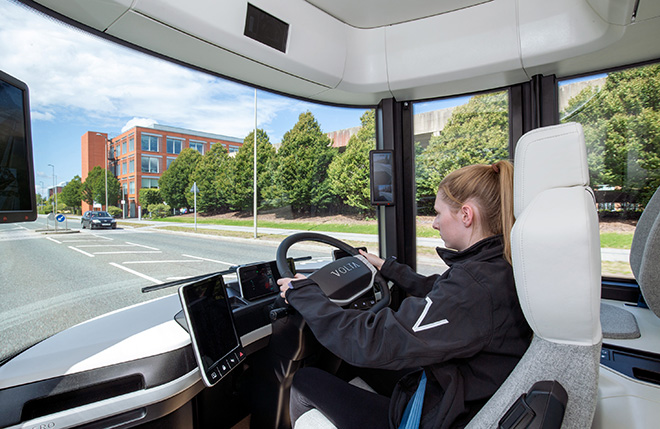
“Volta Trucks is redefining the perception of the large commercial vehicle, and how it operates in and integrates with the zero-emission towns and cities of the future,” said Volta CEO Rob Fowler. “This is made possible by the three pillars that define both Volta Trucks as a business and the Volta Zero: safety, sustainability and electrification. Add to that our unique Truck as a Service proposition, which reimagines a fleet manager’s business model.”
Source: Volta Trucks



